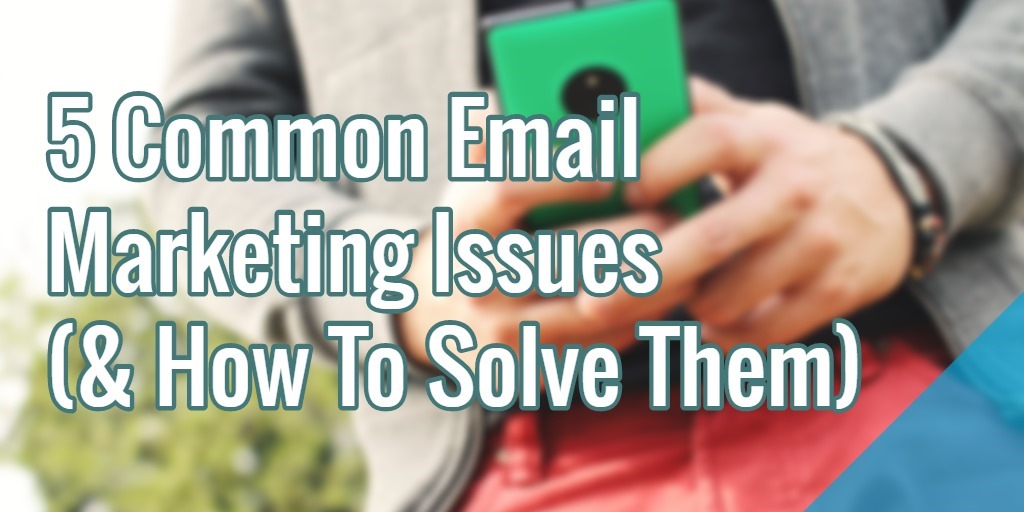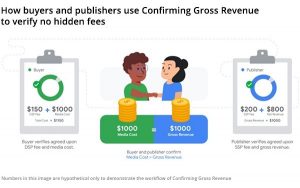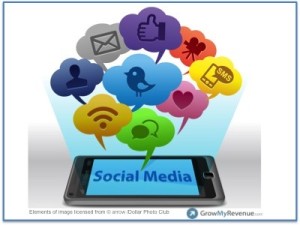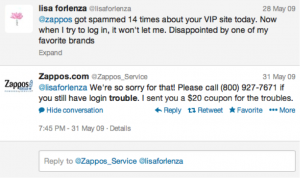
Email marketing is an instrument that helps your business stay in touch with your clients, keep them informed, force to visit your website, go to the offline store, and/or participate in an event you’re organizing.
From our experience, email subscribers are considered rather loyal, closer to purchase as compared to social media participants, for example, and tend to discuss their opinions about products and services. Therefore, launching an effective, well-thought email marketing campaign is usually worth your investment.
However, selecting and communicating with your target audience requires knowledge, skills, and time. The following 5 issues are often faced by business owners and their marketing teams. We prepared useful answers for the most common questions.
Issue #1: How To Add Contacts To Your Clients’ List?
There are many ways to grow a list of your clients’ emails, e.g., you can find 25 options on the HubSpot blog; yet some of them may not work out for you. Below, we summarize the most effective strategies:
1. Use email wisely and personalize the campaign.
If you have an inactive base of contacts, put some effort to encourage people to stay subscribed and make purchases. To do so, create high-quality content, include social sharing buttons, promote an email content on social media, and make your campaign more specific and targeted.
2. Come up with a new lead generation offer.
For example, prepare a guide or case study and ask the readers to register providing their email addresses to get the access to the full document or a ‘download-it’ link. It’s also a good idea to add a new widget on the website to help your clients subscribe without a hitch.
3. Open the potential offered by social media.
You can promote a special offer on Facebook that requires providing an email address or writing to you directly. Add calls-to-action on your YouTube channel.
4. Improve your website.
Make sure that every page of your website includes links that capture email sign-ups. It’s also a good idea to allow guest blogging and comments from registered users.
5. Cooperate with a partner.
It’s a good idea to work with a partner organization. You can run a promo campaign on a partner’s website or host an event that requires registration.
6. Use two or more marketing channels combined.
Traditional marketing channels may be very effective in collecting contacts. Trade shows, conferences, meetups, educational panels, and other events, will help you increase your email database. Even a traditional direct mail can be opted to receive email communications instead.
Issue #2: How To Encourage Your Customers To Subscribe?
It’s not that easy to get lots of people to subscribe to your mailing list. However, some strategies can help you increase the number of email subscriptions. The following tricks are offered by Precision Marketing Group, LLC:
1. Ensure that your email subscription is easy to find and fast to complete.
2. Offer your subscribers a special incentive, e.g. a bonus, discount, or a special gift.
3. Show your clients what value they get, e.g. amazing content, in-depth analysis, and other valuable material. In other words, help a subscriber answer the question “What’s in it for me?”
4. Include a great call-to-action, e.g. demonstrate a part of your content and ask the reader to subscribe to learn more.
5. Demonstrate that your email subscription is worth it by showing how many people have already subscribed.
6. Try a “Forward to a Friend” option and encourage individuals to use it.
7. Test different options to find out what works for your target audience.
Issue #3: How Not To Send Emails Too Frequent?
The Technology Advice found in their study that 43 % of subscribers would like companies to email them less frequently. If you send business emails too often, people may feel ‘over-mailed’, spammed and start unsubscribing or otherwise become inactive. In other words, they stop reacting to your messages. To maximize response and avoid ‘under-mailing’, use the following suggestions, based on the DMA’s National Email Client Report 2015:
- Consider the content needs of your clients instead of emailing them on a timely basis; however, try to ‘push’ your clients at least once per month.
- Move towards triggered-based and behavioral marketing and avoid automated timed campaigns.
- Determine different frequencies for different segments of your clients, e.g., increase direct mail for customers with a lower response.
- Use special offers, promo codes, or discounts to encourage email subscribers to take the action you want.
Either way, it’s a good idea to test how different types of email campaigns work out, which depends on your business model, expectations, audience, and other factors. Select the best timing keeping your audience in mind and stick to it.
Expert tip: To consolidate and target audience, it’s possible to use email marketing and SMM together. Find more here.
Issue #4: When Does It Makes Sense To Reduce The List Of Recipients?
Sometimes, a long email list causes more problems than benefits. Less can often mean more, so consider reducing your recipient base to generate more leads.
If you work with a huge email subscribers’ list, follow the basics of email list hygiene to make your work a walk in the park:
1. Get rid of the addresses that bounce.
2. Try to re-engage inactive users and remove those email addresses that don’t respond.
3. Remove role-based email accounts, e.g.,addresses that begin with info@, support@, contact@, etc.
4. Get email confirmation by asking subscribers to perform an action, like clicking a link, for example.
Issue #5: How To Customize Your Email
No one likes getting emails with irrelevant information. The following how-to’s will help you create great content and share it with the right subscribers:
1. Use your ‘Subject’ field smartly.
Although it’s common to use one of the sample, popular subjects, you’d better take your time to formulate the one that will grab the attention of your clients and tell them why they should read your message.
2. Pay special attention to the header.
While filling in the subject field reduces the risk your message will get into a spam folder, a header is something that promotes your brand. This is your chance to insert your company name, logo, and links to special pages.
3. Avoid using standard messages and clichés.
A personal message is a personal message, so hire a professional writer to prepare a great piece of content for you if you don’t have time and/or skills to formulate your ideas in a proper manner. Make sure that the subject and the body of an email match the tone of your company.
4. Be careful with visuals.
A nice picture, screenshot, or diagram will make your email more compelling. However, poorly presented graphics will lower your clients’ loyalty, so finding a qualified designer to craft your email template is a lucrative investment.
5. Consider adding an item list.
If you are an owner of an online store, think about including a standard list that displays items potentially interesting to the target audience. To use this tool and find out more about your options, consult your developer.
* Adapted lead image: Public Domain, pixabay.com via getstencil.com
5 Common Email Marketing Issues (& How To Solve Them)
The post 5 Common Email Marketing Issues (& How To Solve Them) appeared first on Search Engine People Blog.
(117)








